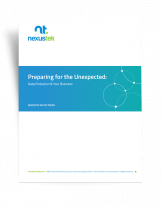READ TIME: 4 MIN

How Inflation Impacts Business Technology… and What to Do About It
Across the globe, inflation has exerted its influence over pricing in virtually every industry, and business technology is no exception. Compounding the problem, the global microchip shortage has combined with inflationary pressures to hit tech pricing especially hard.
According to analysis conducted by IDC, server and storage pricing has increased 10-15%, while business laptops and PCs have shot up in price by a jaw-dropping 18-20%1. The same report indicated that software pricing and some cloud services were affected as well, showing 5-7% price increases.
All of this adds up to an unpleasant conundrum for IT decision makers at small and medium-sized businesses (SMBs). After all, the technology that your business literally runs on cannot be simply removed from the budget for the next year. But, most SMBs do not have big, roomy budgets that can easily accommodate ongoing inflation, which IDC predicts will continue well into 2023 and possibly even into 2024.
This creates a reality where many IT decision makers are faced with the task of doing more with less. We’ve compiled the following suggestions to support your business in such efforts:
Eliminate Redundancies & Maximize Current IT Investments
A great way to get more “bang for your buck” is to weed out any redundant or unnecessary IT. One study found that, on average, about a third of a company’s software spend is ultimately wasted2. A big one to look for in this category is unused software licenses that you can eliminate. A careful self-audit is likely to reveal that your company is paying for cloud-based and/or desktop software licenses that are not being used by your employees.
Also, with the proliferation of software solutions on the market, it is easy for SMBs to end up with multiple applications that have overlapping areas of functionality. This often happens due to shadow IT, which is when project teams or individual workers download cloud-based software without the knowledge of the IT department. A more efficient approach is to select software with robust functionality, and then maximize use of that functionality instead of layering on a variety of redundant applications.
Another angle to consider is consolidation. Can you perhaps bundle different IT hardware or software purchases with a single vendor that has the bargaining power to offer better rates? Managed service providers and value-added resellers (VARs) typically have such leverage with technology manufacturers, allowing them to secure better rates for customers than they can on their own. A thorough cost assessment can often reveal tens of thousands of dollars of overspending, if not more.
Consider Cloud Computing
Although cloud computing has not been immune to inflation, migrating more of your workloads to the cloud might still be a viable way of trimming your IT budget. Because you purchase only the amount of computing power you need, you avoid paying for on-premises hardware that has computing and storage capacities you don’t need and will never use (which is very common with SMBs).
Economies of scale work to your advantage with cloud computing; cloud providers house and run thousands and thousands of servers in their data centers, and the price savings they get from economies of scale are passed on to customers. Also, some cloud providers offer monthly flat-fee pricing, which controls costs and ensures that you’ll never be surprised by huge bills resulting from service usage spikes.
Make Efficient Use of In-House IT Talent
Finally, remember that making the best use of your IT talent is another great way of keeping your IT budget in check during periods of inflation. Robert Naegle, VP Analyst at Gartner, suggests that IT retention programs, along with making the most efficient use of existing IT talent, are key strategies for containing IT costs2.
Both of these aims can be met by co-managing your IT infrastructure with a managed services provider (MSP). This is because co-managed IT allows your in-house IT team to focus on higher-value tasks—improving job satisfaction—while outsourcing routine, but time-consuming, tasks to your MSP. Another perk is that co-managed IT is often less expensive than dealing with the inevitable replacement costs when in-house IT staff leave.
Providing co-managed IT services, cloud solutions, and professional assessments including IT Spend Assessment, NexusTek offers a range of services to help you make the most of your IT budget.
Are you interested in exploring strategies to streamline your IT budget?
References:
- (2022, June 8). IT inflation: Where it is headed, and what to do about it. https://blogs.idc.com/2022/06/08/it-inflation-where-it-is-headed-and-what-to-do-about-it/
- (2022). State of ITAM report. https://info.flexera.com/ITAM-REPORT-State-of-IT-Asset-Management
- (2022, June 28). How should CIOs respond to inflation? Q&A with Robert Naegle. https://www.gartner.com/en/newsroom/press-releases/2022-06-28-how-cios-should-respond-to-inflation






